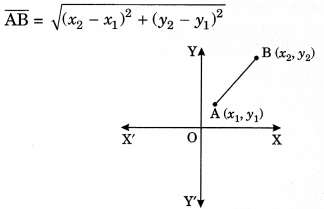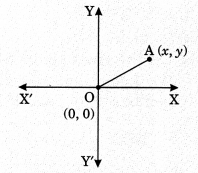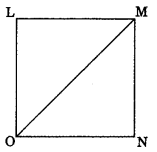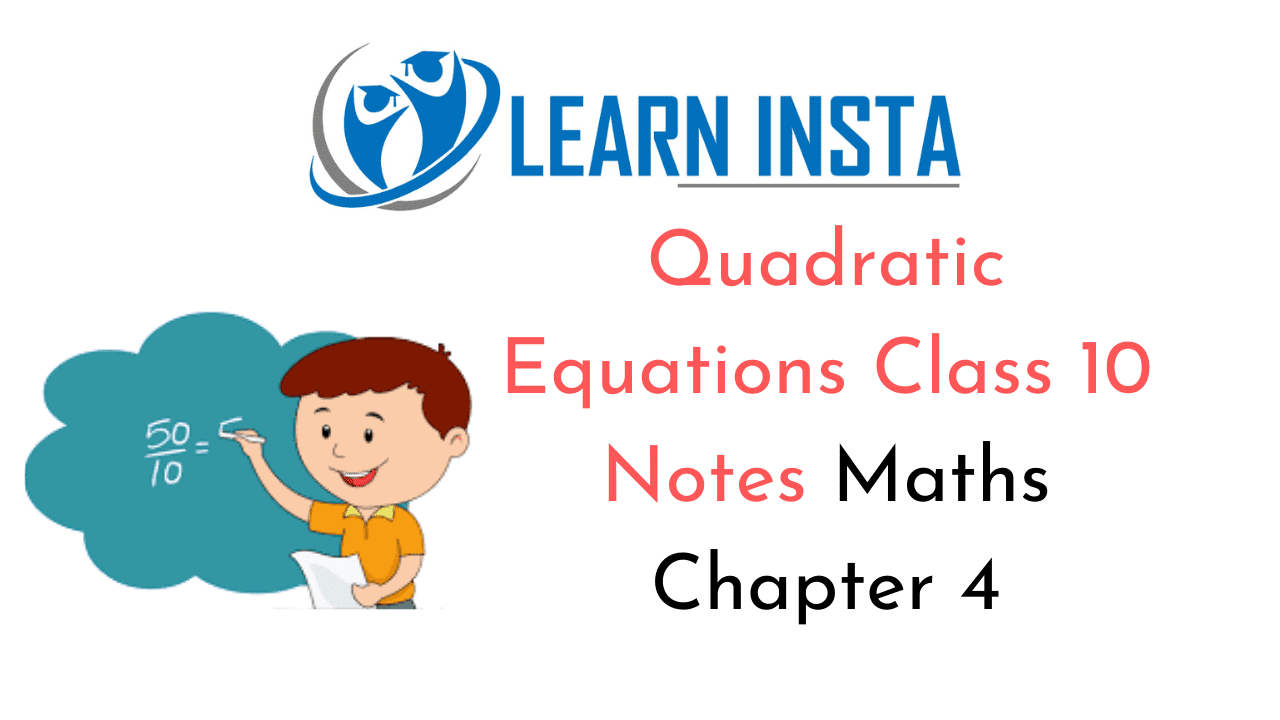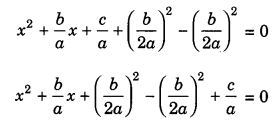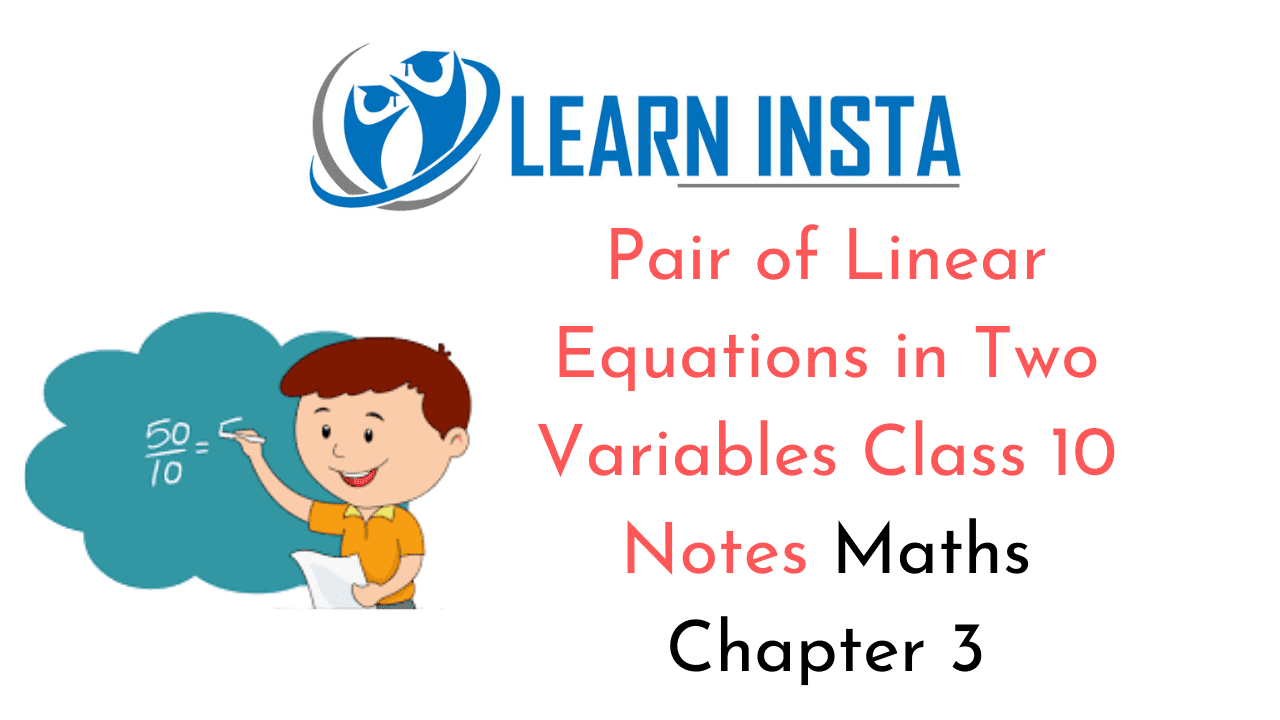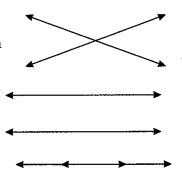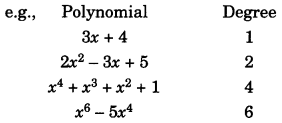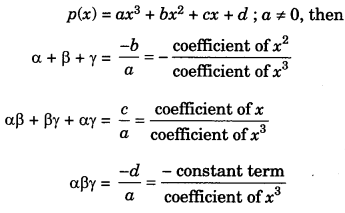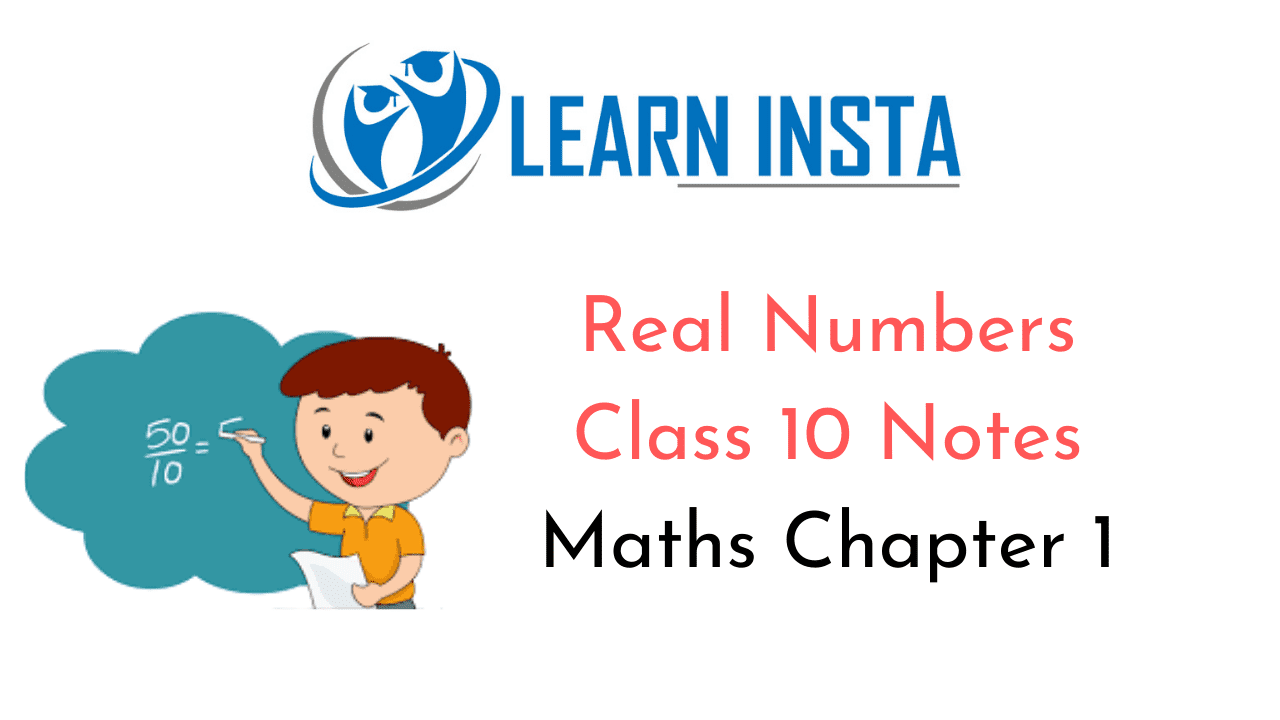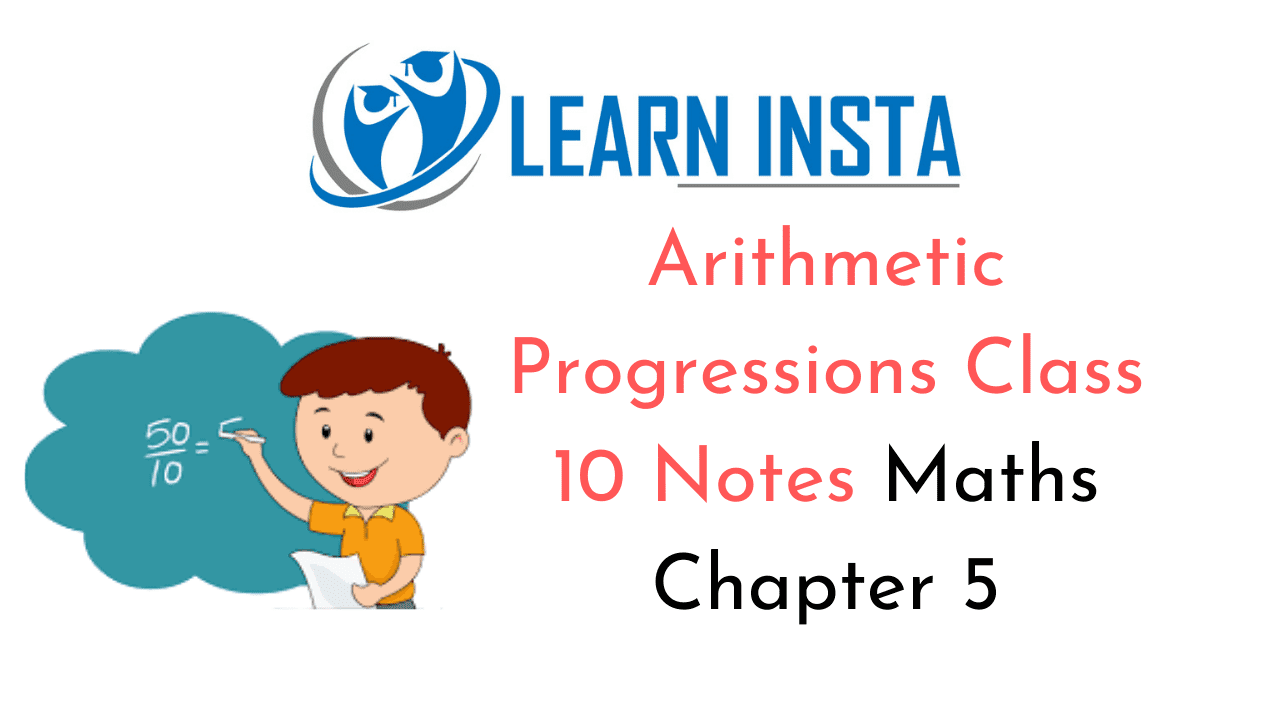
On this page, you will find Arithmetic Progressions Class 10 Notes Maths Chapter 5 Pdf free download. CBSE NCERT Class 10 Maths Notes Chapter 5 Arithmetic Progressions will seemingly help them to revise the important concepts in less time.
CBSE Class 10 Maths Chapter 5 Notes Arithmetic Progressions
Arithmetic Progressions Class 10 Notes Understanding the Lesson
We have observed many things in our daily life, follow a certain pattern.
(a) 1, 4, 7, 10, 13, 16, …….
(b) 15, 10, 5, 0, -5, -10,………….
(c) 1,\(\frac{1}{2}\),0,\(-\frac{1}{2}\)………………
These patterns are generally known as sequence. Two such sequences are arithmetic and geometric sequences. Let us investigate the Arithmetic sequence.
1. Sequence: A sequence is a ordered list of numbers.
Terms: The various numbers occurring in a sequence are called its terms. Terms of sequence are denoted by a1 a2, a3, …………… an.
2. Arithmetic Progression: An arithmetic progression is a sequence of numbers such that the difference between the consecutive terms are equal.
3. Common difference: The difference between two consecutive terms of an arithmetic progression is called common difference.
d = a2 – a1
d = a3 – a2
d = a4 – a3
……………..
……………..
d = an – an-1
4. Finite Arithmetic Progression: A sequence which has finite or definite number of terms is called finite sequence.
Example, (1, 3, 5, 7, 9)… which has 5 terms.
5. Infinite Arithmetic Progression: A sequence which has indefinite or infinite number of terms is called infinite arithmetic progression.
Example, 1, 2, 3, 4, 5, …
In general, arithmetic progression can be written as a, a + d, a + 2d, where a is the first term and d is called the common difference i.e. difference between two consecutive terms.
6. General form of an AP: Let a be the first term and d is the common difference then the AP is
Here
a1 = a (we take) (a is first term of AP)
a2 = a1 + d = a + d
a3 = a2 + d = a + d + d = a + 2d
a4 = a3+ d = a + 2d + d = a + 3d
…………….
……………
an = a + (n – 1) d
i.e. AP is a, a + d, a + 2d, a + 3d,………… , a + (n – 1)d.
nth term of AP = a + (n -1)d
Note: Common difference of AP can be positive, negative or zero.
1. nth term or General term of an AP
nth term of an AP = a + (n – 1) d where
a → first term of the AP
n → number of terms
d→common difference of an AP.
2. nth term of an AP from the end: Let us consider an AP where first term a and common difference is If m is number of terms in the AP. then
nth term from the end = [m – n + 1]th term from the beginning.
nth term from the end = a + (m-n +1 – 1)d – a + (m – n) d
It l is the last term of the AP, then nth term from the end is the nth term of an AP where first term is l and common difference is – d
nth term from the end – 1 + (n – 1) (-d)
= 1 – (n – 1) d
Sum of first n terms of an AP
Let Sn denote the sum of first n terms of an AP
Sn = a + a + d + a + 2d + a + 3d …. + a + (n – 1)d ……….. (1)
Rewriting the terms in reverse order.
Sn = a + (n – 1) + a + (n – 2)d + a + (n-3)d + ………….+a ……… (2)
Adding equations (1) and (2)
2Sn = [2a + (n – 1)d] + [2a + (n-1)d] + … + [2a + (n – 1)d]
2Sn = n[2a + (n – 1)d]
Sn=\(\frac{n}{2}\)[2a+(n-1)d]
We can Write
Sn=\(\frac{n}{2}\)[a+a+(n-1)d] [l=a+(n-1)d]
Sn=\(\frac{n}{2}\)[a+l]
Note:
(i) The Tith term of an AP = Sn – Sn-1 or an = Sn+1 – Sn
Sum of first n positive integer
\(S_{n}=\frac{n(n+1)}{2}\)
(iii) Sum of n odd positive integer = n2
(iv) Sum of n even positive integer = n(n + 1)

